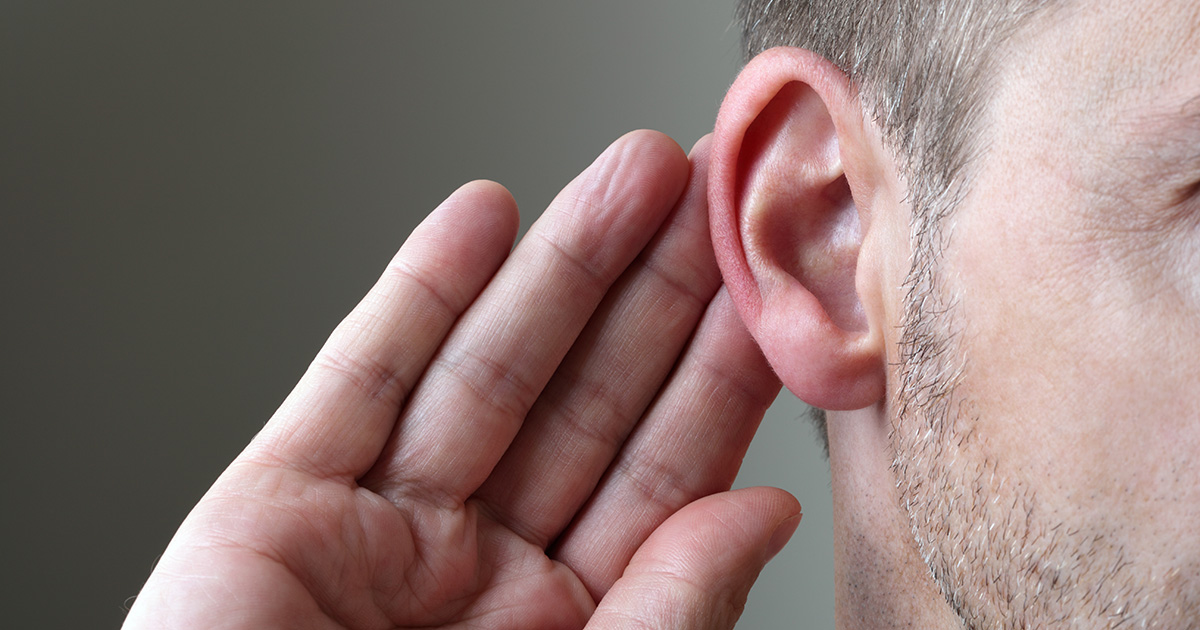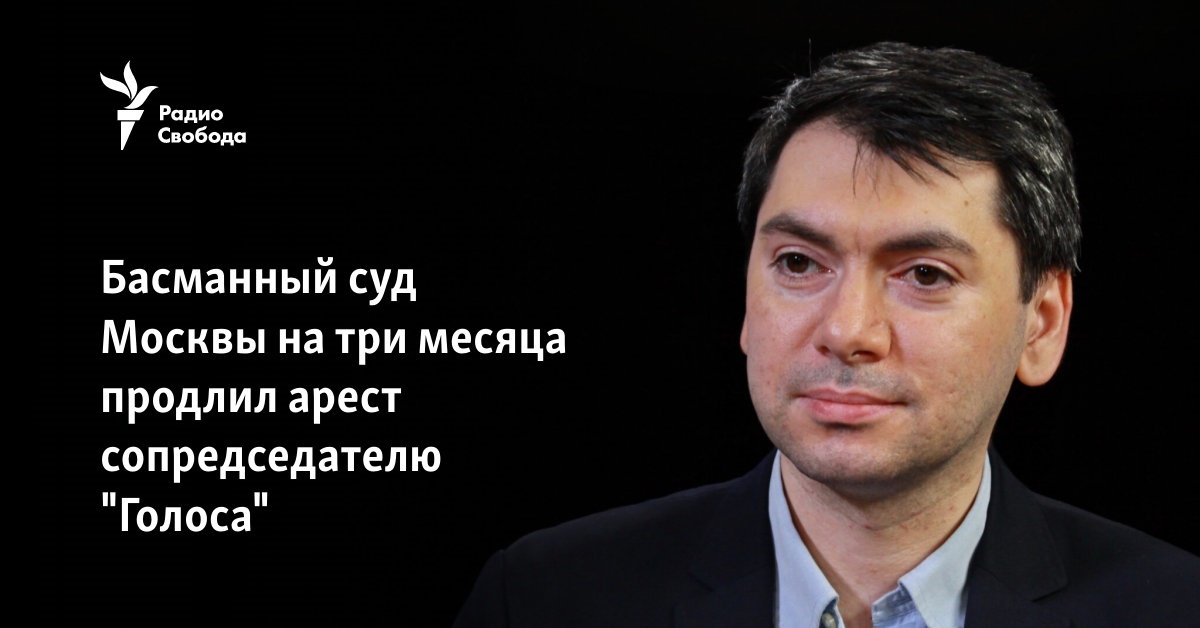Scientists have investigated how eye movement is related to the perception of information by ear

A group of scientists from the University of Toronto and the Rotman Research Institute in Canada found that people hardly move their eyes and have a fixed gaze during attentive listening. And persons with impaired hearing focus their gaze even when listening to a human voice of medium volume. This is evidenced by the data of a study published in the Journal of Neuroscience, writes Science Alert. Scientists conducted 3 experiments, during which young people listened to sounds at a comfortable volume, and scientists recorded their eye movements. Photo: BrianAJackson/Depositphotos In the first experiment, 26 participants were played recordings of speech interspersed with nonsensical babbling. During the playback of human speech, the screen in front of the participants was either blank or showed a fixed square. After each listening to the audio, the participants took a quick test to understand the information heard. The researchers observed that eye movements decreased when people “strained” to better understand the language. In the second experiment, 22 participants listened to recorded short sentences. At this time, they had to watch a dot randomly move across the screen in front of them. The researchers again noted that when people have difficulty hearing information or have to exert more effort, their gaze becomes focused. The last experiment was conducted among 23 participants, each of whom listened to two 10-minute stories from the podcast. One of the stories was encrypted because the fragments were played out of sequence. Another piece of audio was consistent, but masked by the intermittent sound of human babbling. It varied in volume to make it easier or harder to listen to the story. There were 16 dots on the screen that moved arbitrarily during the stories. Then the participants were asked to take a listening comprehension test. Listeners’ eyes moved more during the scrambled story than when listening to the whole story. But because the original podcast recording was “smeared” with human speech, like a conversation in a crowded restaurant, participants had to make an extra effort to hear what was being said. In previous experiments where there was only white background noise, people’s eyes moved faster, but when the task became more difficult, gaze remained unchanged. The researchers also found that the picture on the screen or the number of moving dots had almost no effect on how much people’s eyes moved. Scientists note that strained listening is not always associated with hearing loss, but it can be one of the first signs that a person is having difficulty perceiving information. Next, the scientists want to investigate whether the same result will occur in older people who have age-related changes in hearing, as well as how much effort is reduced when listening with a hearing aid. Read also: In the USA, neuroscientists reconstructed a Pink Floyd song based on the brain activity of people who listened to it
Original Source Link











